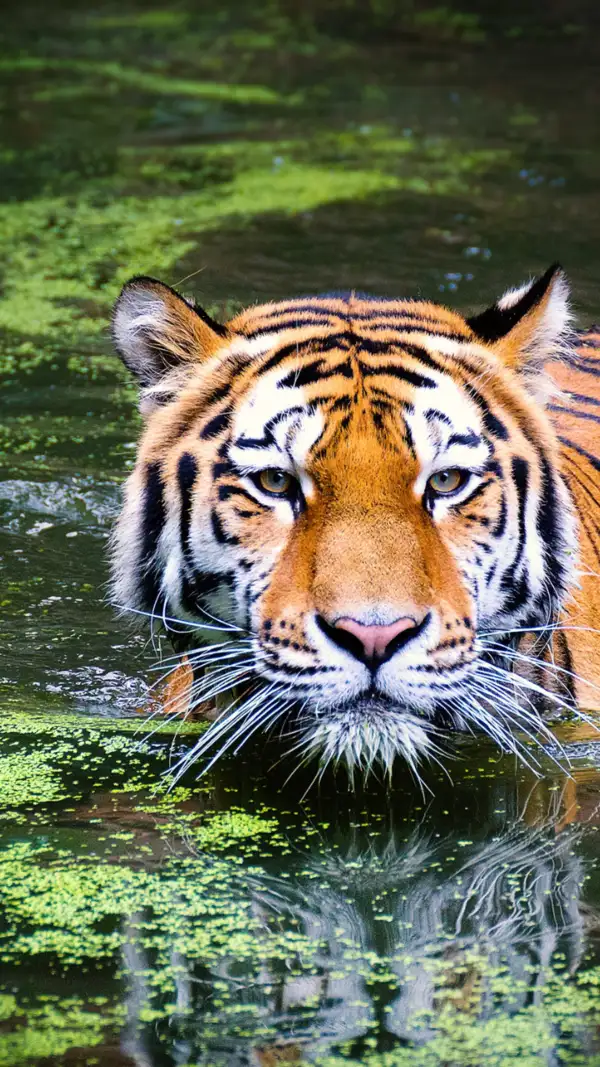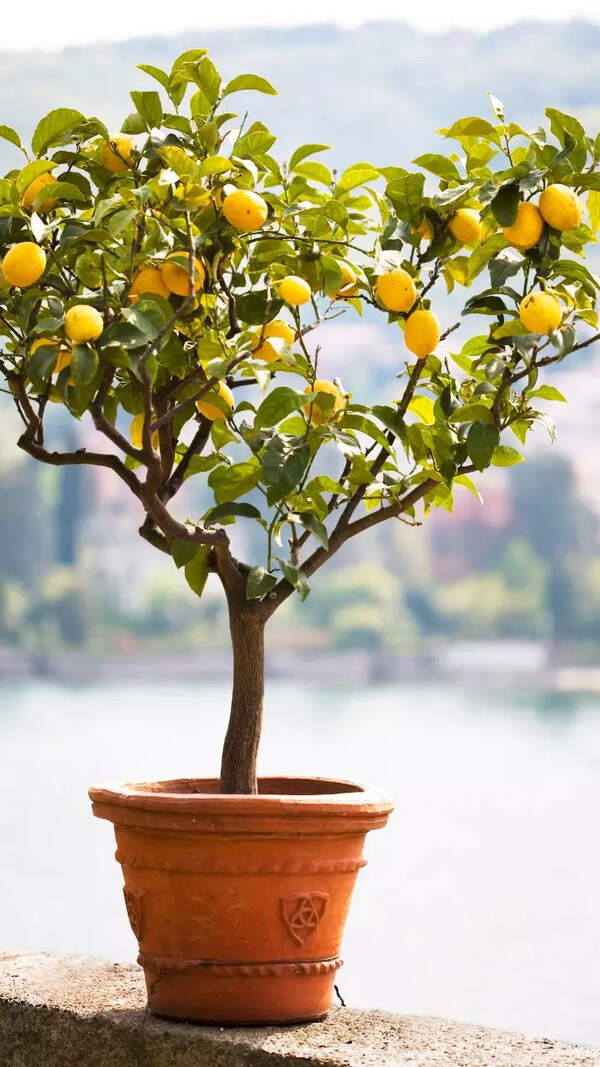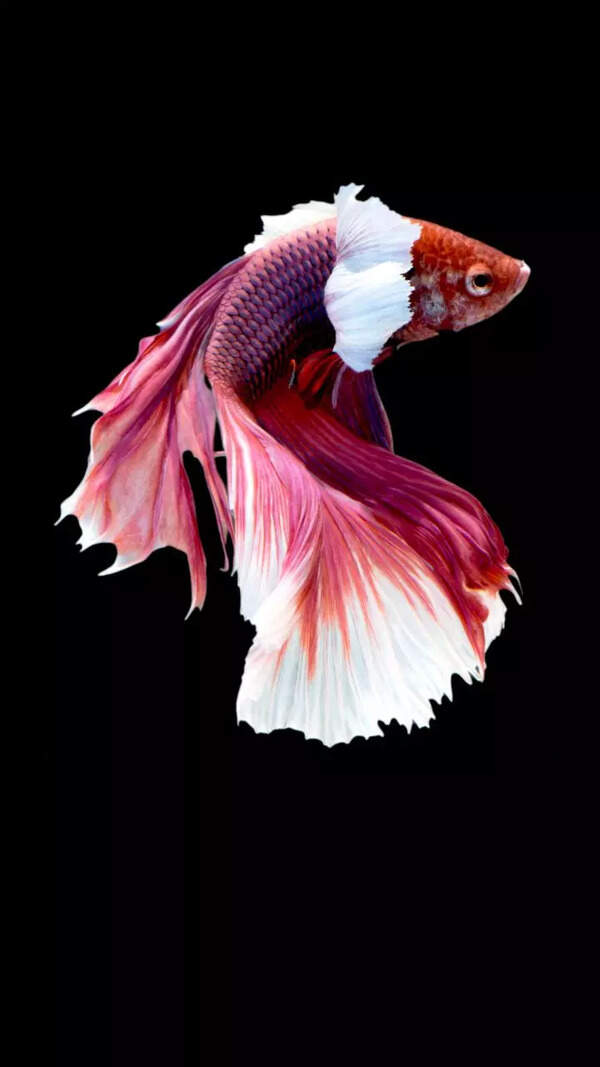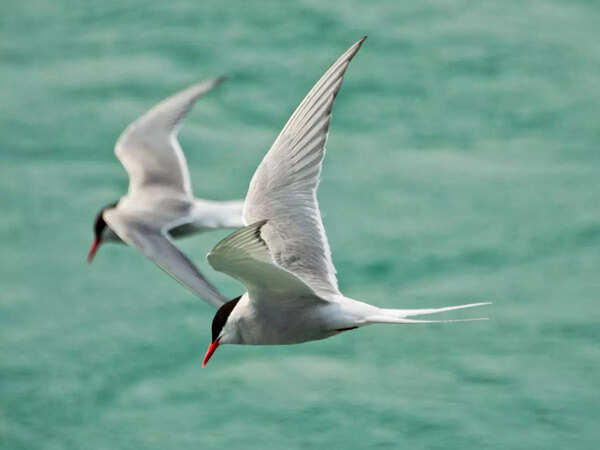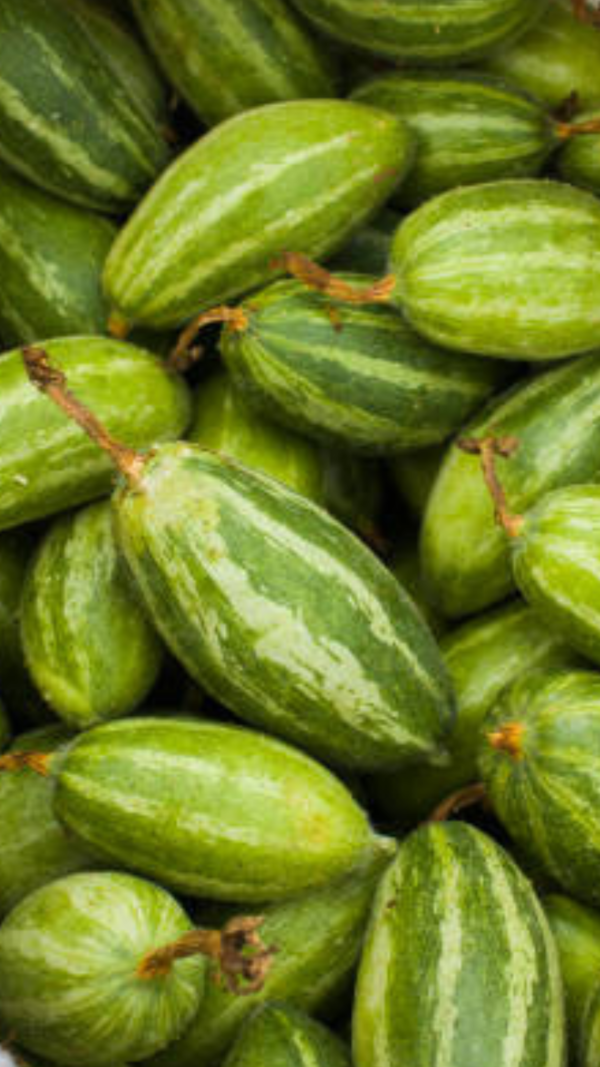Trending
Scientists discover new crocodiles on Mexican islands that remained hidden for centuries
Scientists have identified two new crocodile species in isolated Mexican habitats, challenging previous assumptions about the American crocodile. Genetic analysis revealed distinct populations on Cozumel Island and Banco Chinchorro atoll. These findings highlight the urgent need for conservation efforts to protect these vulnerable species from habitat degradation and development, emphasizing the importance of biodiversity research.
Biodiversity is constantly evolving, and as a result, nature surprises us with what is kept hidden in plain sight. While some of the species are becoming extinct and endangered, the discovery of new species not only gives a new ray of hope, but also tells us how much we still have to learn and protect.Remote and ecologically rich areas like islands and coastal habitats often house unique species, but they’re also among the most vulnerable to human development and environmental change.In this delicate balance between discovery and destruction, science plays a crucial role in identifying species before they vanish, possibly unnoticed. Genetic analysis and modern fieldwork are helping scientists revisit long-held assumptions, bringing to light some unexpected biodiversity. The more we discover, the easier it becomes, as each ecosystem holds details that deserve attention, research, and protection.
A recent discovery is a perfect example of the same
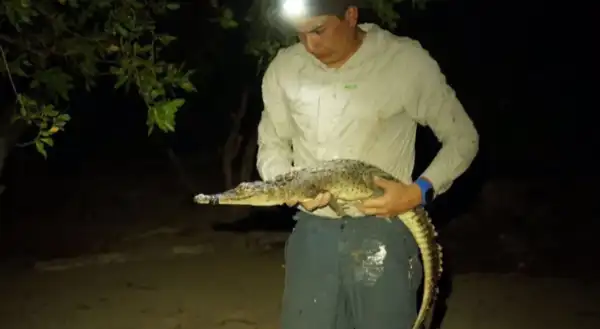
According to Biology Professor Hans Larsson, the lead investigator of the study, the discovery came after the team analyzed genetic samples from these crocodile populations and compared them to others across the Caribbean, Central America, and Mexico’s Pacific coast.“We assumed Crocodylus acutus was a single species ranging from Baja California to Venezuela and across the Caribbean. Our study is the first to extensively explore genomic and anatomical variation in these animals”.
Small populations at risk despite stability
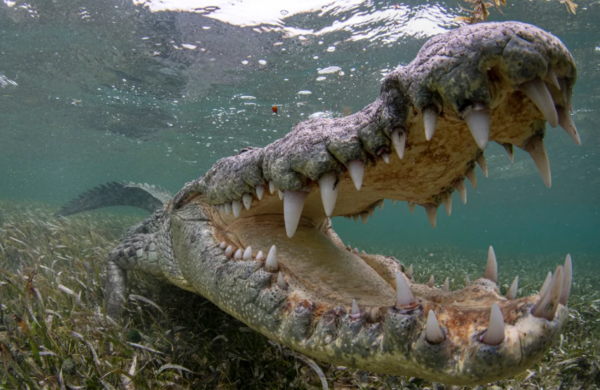
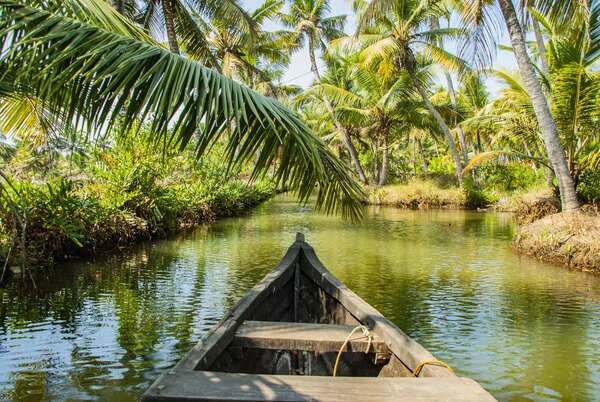
A wake-up call for conservation
End of Article
Follow Us On Social Media
Visual Stories
Tired of too many ads?go ad free now


